By Susan Lutz
In 2005, my second child was born with Down syndrome. He underwent surgery on the third day of his life to untangle a defective digestive tract. Without the surgery, he would not live. I knew organic food and lots of exercise would have to be the huge part of his recovery, growth, and development. To believe in this principle was one thing – to implement quite another.
After discovering the benefits of breast-feeding with my first child, I pumped breast milk for my son, freezing the colostrum and bringing fresh bottles to the hospital every day. He received the milk from a drip in the NICU until he was able to eat on his own. After a few weeks in intensive care, an ultrasound exposed two cysts on his bile ducts. Left untreated, the doctor said, the cysts most likely would turn cancerous. As the surgeon drew me a picture what and where bile ducts were, she apologized and said, “I’m sorry, but he’ll need surgery again.” All I heard was a voice in my head that said, No he will not.
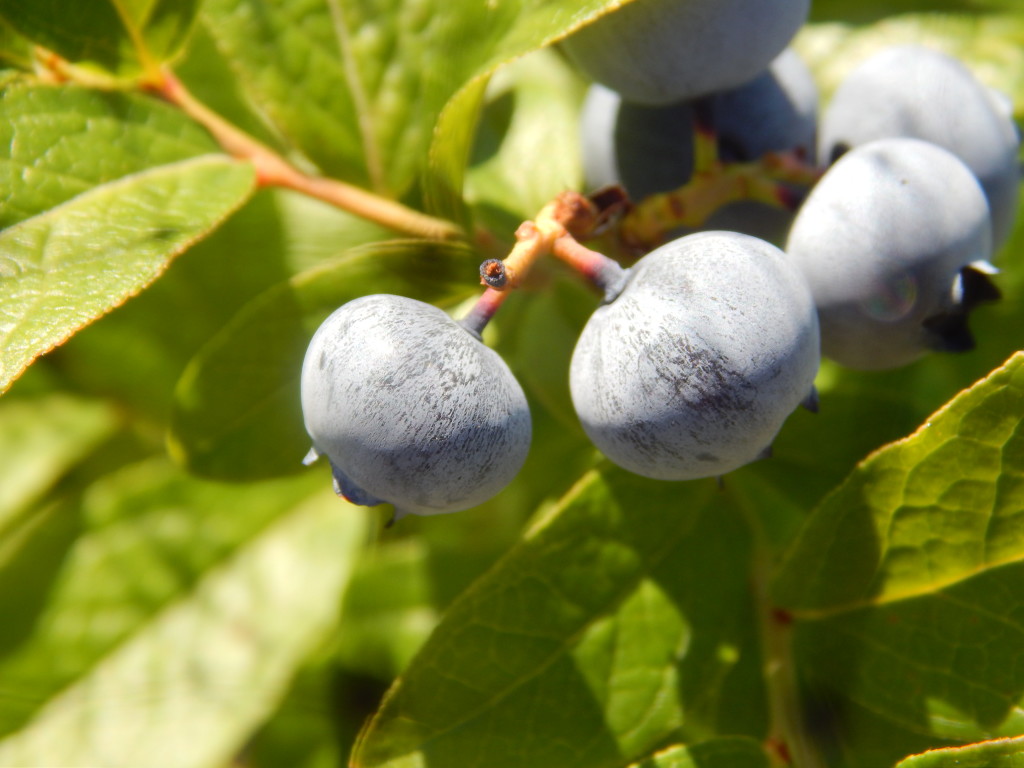 Through the years, I traveled between different paths in search of a healthier life. I figured I could get by with a “pretty-good-kind-of” healthy life. There was always room for beer and chocolate and if in small enough quantities, just about every other unhealthy food choice. My first child changed all that. Not long after her teeth came in, I noticed brown spots: rapid, fast-growing tooth decay. I took her to acupuncture. In our sessions, the acupuncturist talked about diets. It was the first time I’d ever heard of the terms alkaline, acid, and ash in the context of our bodies. He said if my daughter’s body changed to alkaline, the carries couldn’t survive.
Through the years, I traveled between different paths in search of a healthier life. I figured I could get by with a “pretty-good-kind-of” healthy life. There was always room for beer and chocolate and if in small enough quantities, just about every other unhealthy food choice. My first child changed all that. Not long after her teeth came in, I noticed brown spots: rapid, fast-growing tooth decay. I took her to acupuncture. In our sessions, the acupuncturist talked about diets. It was the first time I’d ever heard of the terms alkaline, acid, and ash in the context of our bodies. He said if my daughter’s body changed to alkaline, the carries couldn’t survive.
I went and bought my first juicer – determined to make a difference without the invasive use of surgery. I doubled the amount of organic greens and found creative ways to hide celery, parsley, and kale in smoothies. After a few years, my daughter’s adult teeth came in straight, white, and free of cavities.
Believing my son’s cysts were going to go away amounted to nothing unless I took action. I searched for an alternative doctor, especially one that would implement diet as part of healing. I located a naturopathic doctor more than seven hours from my home. We set up a consultation on the phone. He gave me a list of vitamins and other things that might help. Then, he said one thing, as the acupuncturist did, that made the most sense of all: if the body is in balance, no cyst can live. I got the juicer out again.
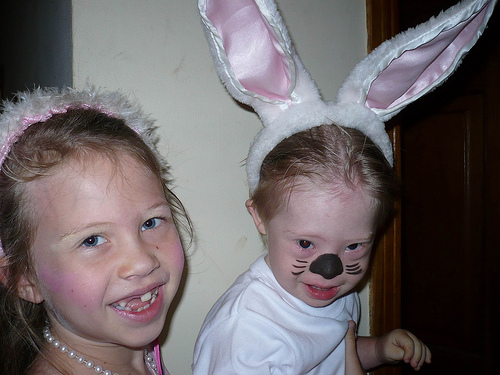 At nine months, I took my son to check on the cyst in an ultrasound. If the cyst grew, there would be reason for concern. If the cyst had stayed the same size or, was smaller, we’d have reason to know something was going right. Since I couldn’t make heads or tails out of an ultrasound, I watched the doctor’s face instead. I held down my son’s tiny penis down with rough, brown paper towels. It was quiet. My son was calm. The doctor had a very blank look on her face. She moved the wand back and forth across his belly. “They’re not there,” she said.
At nine months, I took my son to check on the cyst in an ultrasound. If the cyst grew, there would be reason for concern. If the cyst had stayed the same size or, was smaller, we’d have reason to know something was going right. Since I couldn’t make heads or tails out of an ultrasound, I watched the doctor’s face instead. I held down my son’s tiny penis down with rough, brown paper towels. It was quiet. My son was calm. The doctor had a very blank look on her face. She moved the wand back and forth across his belly. “They’re not there,” she said.
“What?” I said.
“I can’t find the cysts,” she said. “They’re gone.”
Books and information about Down syndrome listed very matter-of-factly what limitations he could have: speech deficiencies, slow to walk, heart problems, digestive difficulties, fine and gross motor skills challenges, crooked teeth, physical abnormalities, lagging in emotional development, to name a few. Although he seemed to have high level of cognitive development, his walking and gross motor skills were very slow to develop. He struggled with a lot of mucus. Smaller nose and ear tubes made it even harder to breathe. At a young age he contracted a case of bronchitis, which put him in the hospital. Balancing the lists of “what ifs” with the reality of the child in front of me is a constant battle in raising my son.
Each health challenge raised the bar. What more could I do? What more could my son do? I installed therapy machines in my garage and converted my living room to an all-out gymnasium. I measured every step as a tiny victory, every green vegetable eaten a step in the right direction. Several times a day, we worked his lungs through laughing, respiratory therapy, (even crying worked out his lungs!) extracted phlegm and pushed his lungs to work harder.
Deciding what is best for me is one thing because I feel the effects when I make questionable food choices or slack off in exercising. Choosing what to give my children is confounding. Getting all those greens into a child is a daunting task. Yet over many trials, spit ups, tummy aches, and dodging food matter thrown at me, my children and I have settled into a healthy, organic diet that seems to satisfy and push of them to thrive. We eat sprouted lentils, avocados, alfalfa sprouts, celery, parsley, cucumbers and other greens for breakfast; we try to drink another super-green juice for lunch and dinner; and I work hard at limiting the sugar in their diet.
Looking back, I can see what a huge blessing, though uncomfortable, challenging, and painful, all the health challenges were. My children are now thriving. My son climbs, plays soccer, runs track, and plays baseball and basketball. My daughter glows and her smile – white and brilliant – shines. The issue of health care never stops. No diet solves everything; no exercise cures it all; I still indulge on less-than-perfectly-healthy foods. I’m no health guru, just a mom with kids that needed a solution.
I know the miracle was also fueled by of those who care for my children and me: family, coaches, and doctors, even the clerk at the health food store. The combined strength, healthy organic food, community and family support, and the tenacity of my children’s spirit make for a powerful cure.
A portion of this essay appeared on Crazysexylife.com.
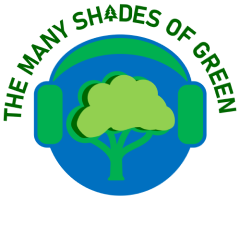
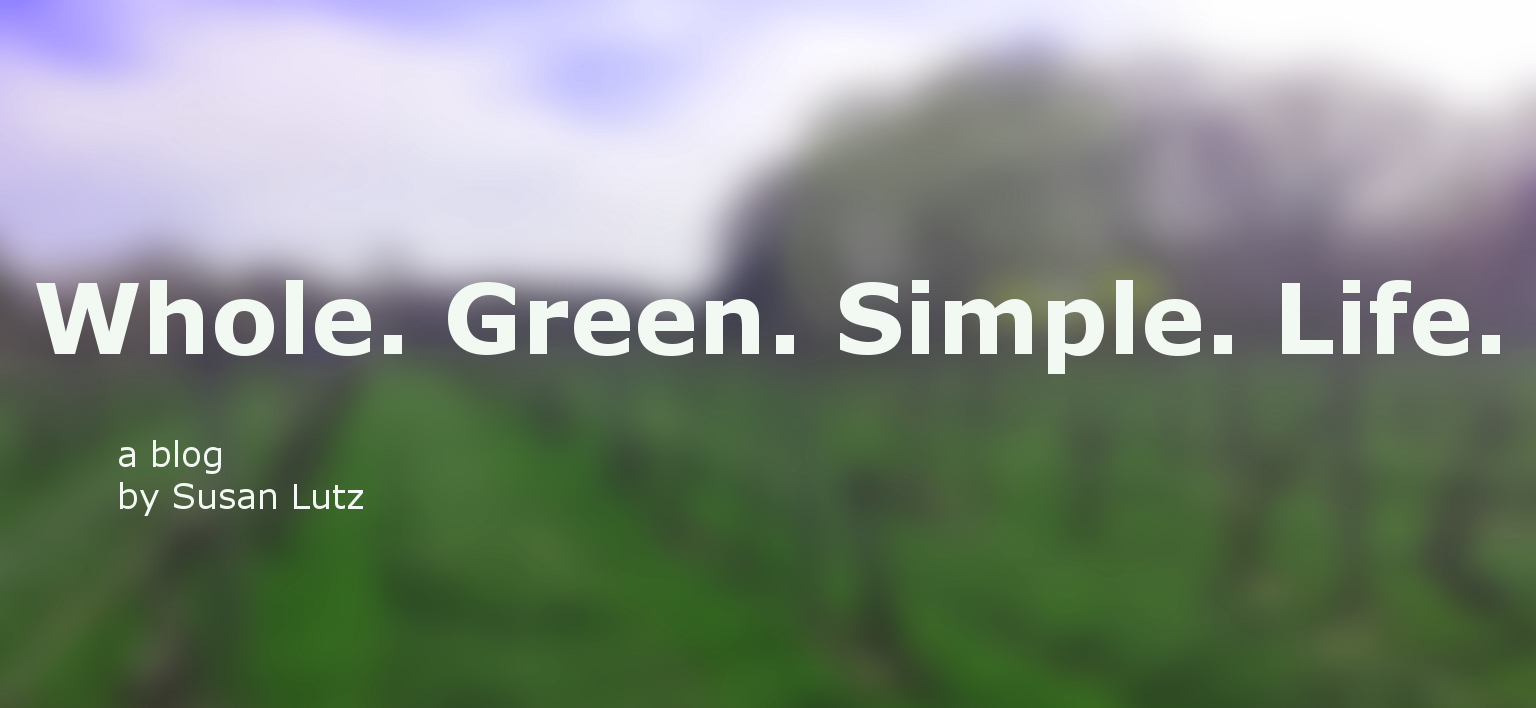
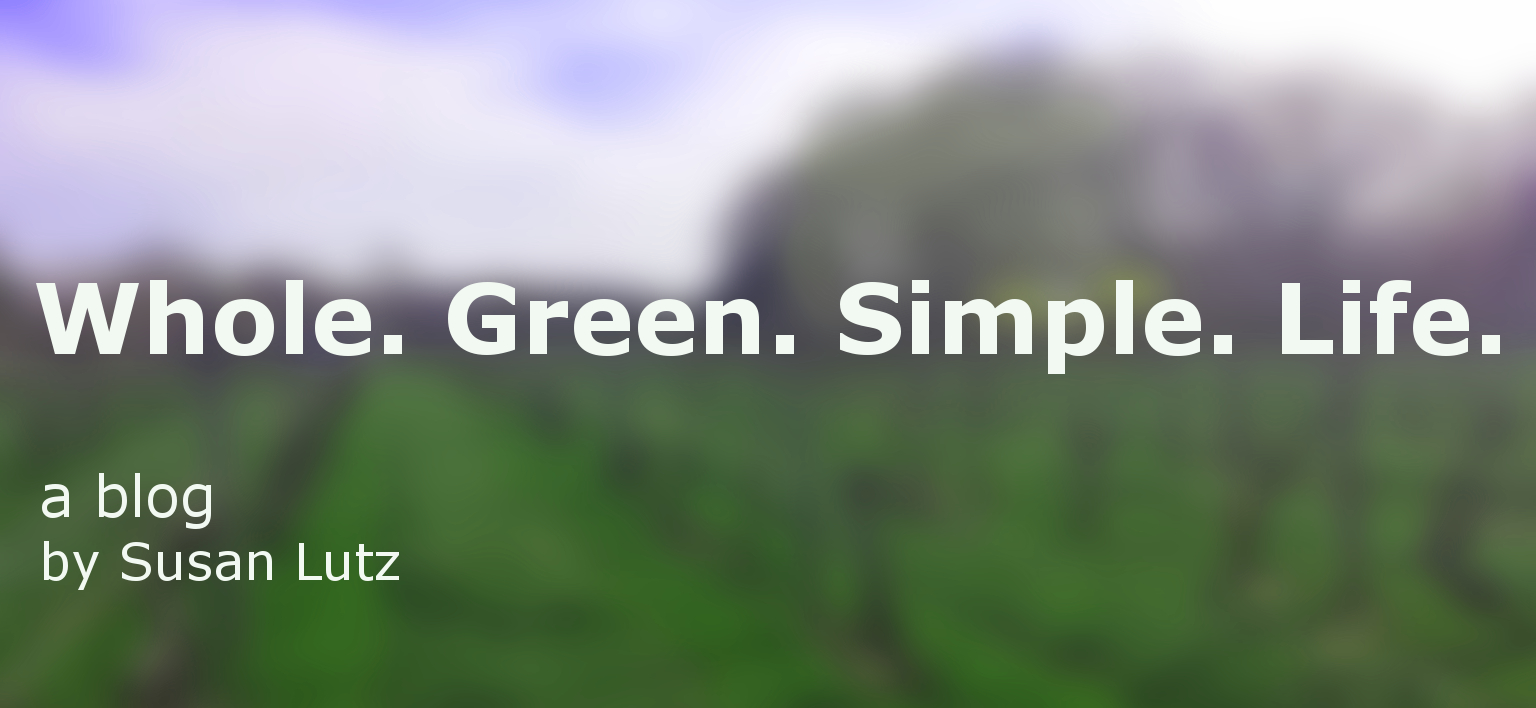
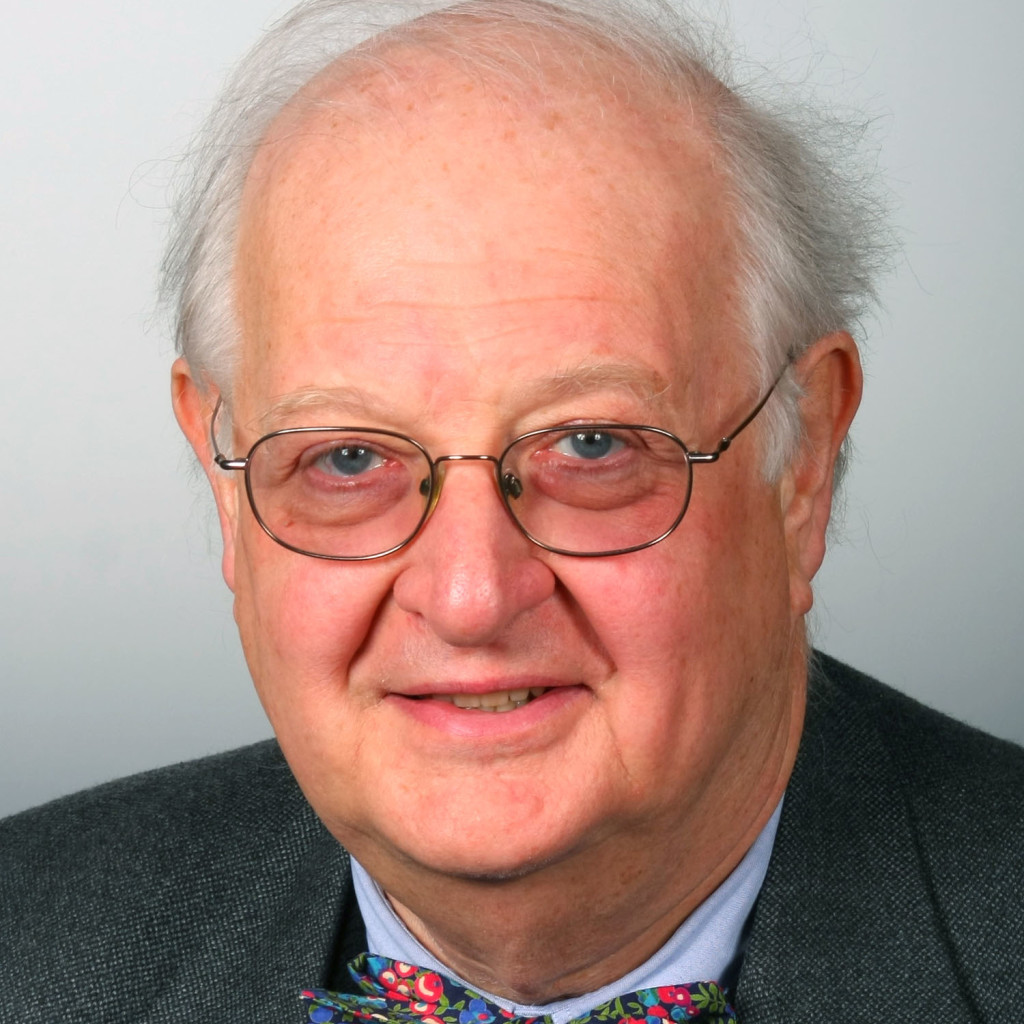
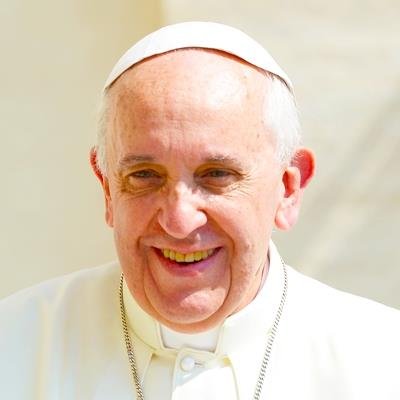

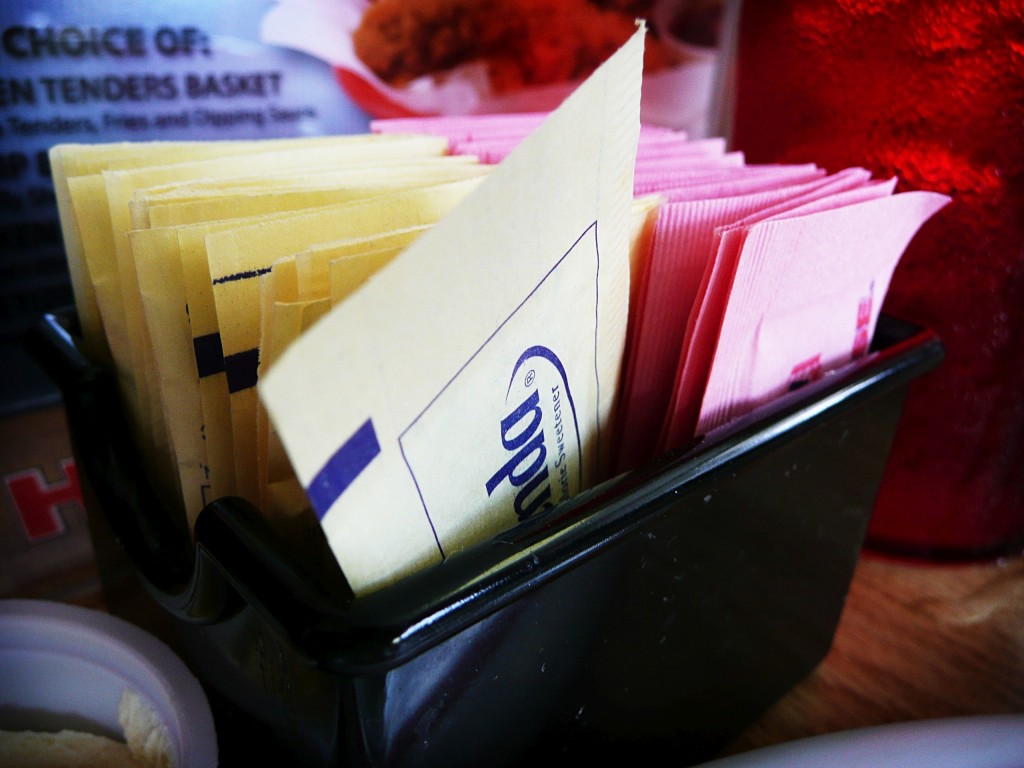
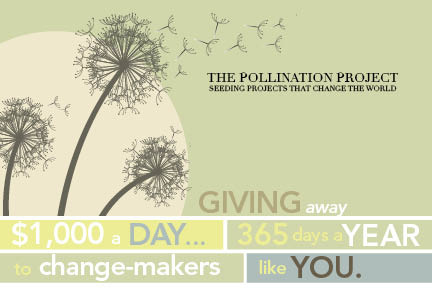 From lighting schools to shining hope on marginalized populations, winners of The Pollination Grant believe in big change through hard work and a solid vision at the ground level. Anyone, worldwide, can apply.
From lighting schools to shining hope on marginalized populations, winners of The Pollination Grant believe in big change through hard work and a solid vision at the ground level. Anyone, worldwide, can apply.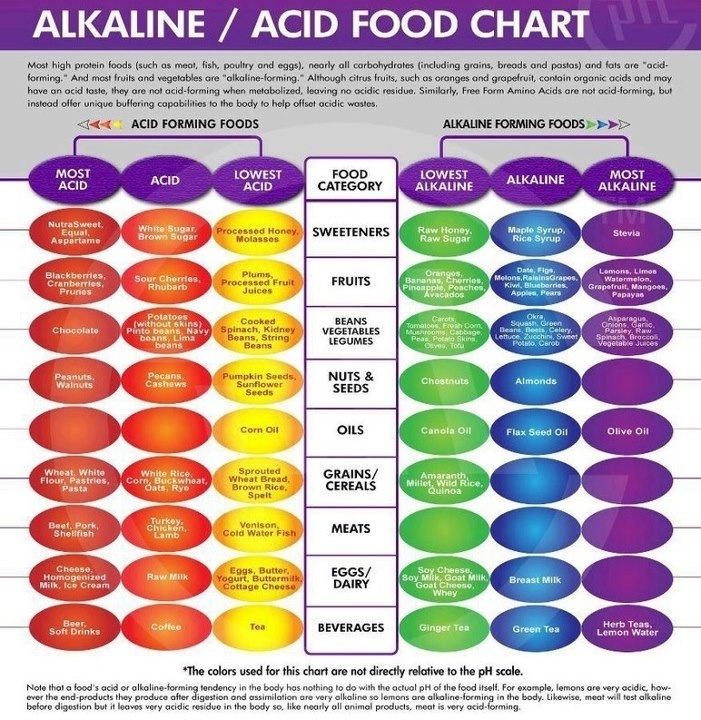
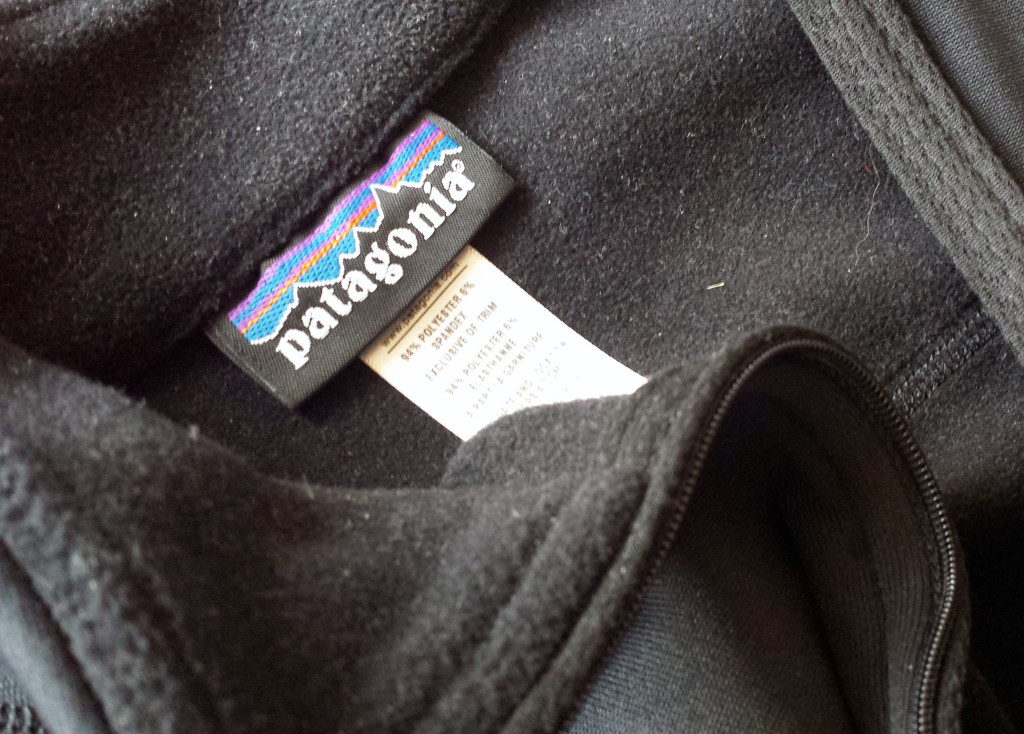 Watching the world buy and buy and buy, including myself, I wonder where it stops. Do we need six jackets; five fleece pullovers? I struggle with what to buy every time I go to the grocery store. I cringe at the site of a box store selling cheap goods, but find myself inside them when I promised myself I wouldn’t go in. How do we get out of the lure of buying stuff we don’t need? How do we buy, better?
Watching the world buy and buy and buy, including myself, I wonder where it stops. Do we need six jackets; five fleece pullovers? I struggle with what to buy every time I go to the grocery store. I cringe at the site of a box store selling cheap goods, but find myself inside them when I promised myself I wouldn’t go in. How do we get out of the lure of buying stuff we don’t need? How do we buy, better?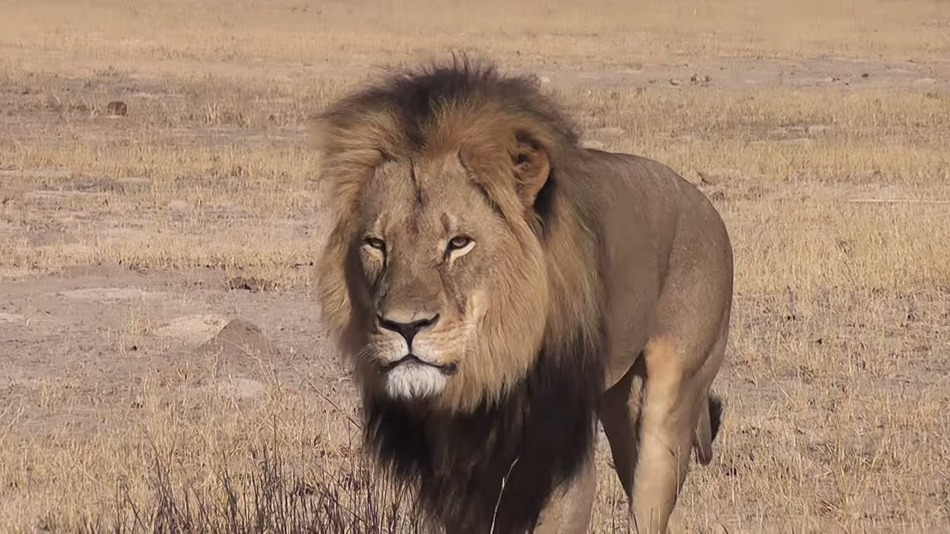
 Through the years, I traveled between different paths in search of a healthier life. I figured I could get by with a “pretty-good-kind-of” healthy life. There was always room for beer and chocolate and if in small enough quantities, just about every other unhealthy food choice. My first child changed all that. Not long after her teeth came in, I noticed brown spots: rapid, fast-growing tooth decay. I took her to acupuncture. In our sessions, the acupuncturist talked about diets. It was the first time I’d ever heard of the terms
Through the years, I traveled between different paths in search of a healthier life. I figured I could get by with a “pretty-good-kind-of” healthy life. There was always room for beer and chocolate and if in small enough quantities, just about every other unhealthy food choice. My first child changed all that. Not long after her teeth came in, I noticed brown spots: rapid, fast-growing tooth decay. I took her to acupuncture. In our sessions, the acupuncturist talked about diets. It was the first time I’d ever heard of the terms  At nine months, I took my son to check on the cyst in an ultrasound. If the cyst grew, there would be reason for concern. If the cyst had stayed the same size or, was smaller, we’d have reason to know something was going right. Since I couldn’t make heads or tails out of an ultrasound, I watched the doctor’s face instead. I held down my son’s tiny penis down with rough, brown paper towels. It was quiet. My son was calm. The doctor had a very blank look on her face. She moved the wand back and forth across his belly. “They’re not there,” she said.
At nine months, I took my son to check on the cyst in an ultrasound. If the cyst grew, there would be reason for concern. If the cyst had stayed the same size or, was smaller, we’d have reason to know something was going right. Since I couldn’t make heads or tails out of an ultrasound, I watched the doctor’s face instead. I held down my son’s tiny penis down with rough, brown paper towels. It was quiet. My son was calm. The doctor had a very blank look on her face. She moved the wand back and forth across his belly. “They’re not there,” she said.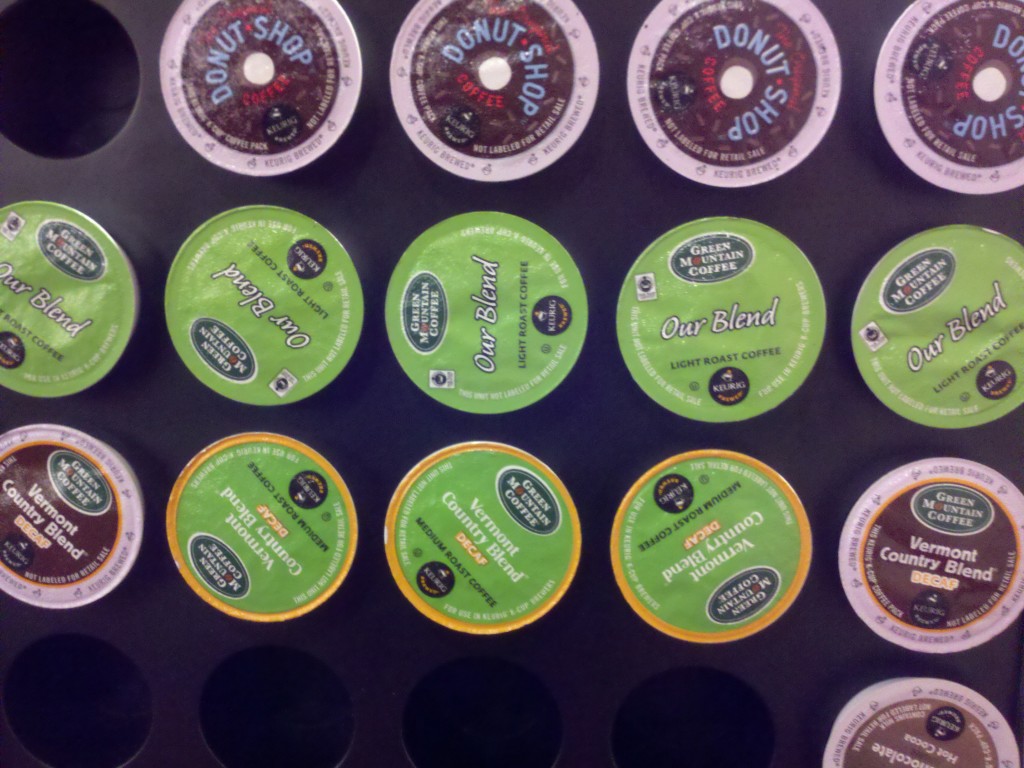
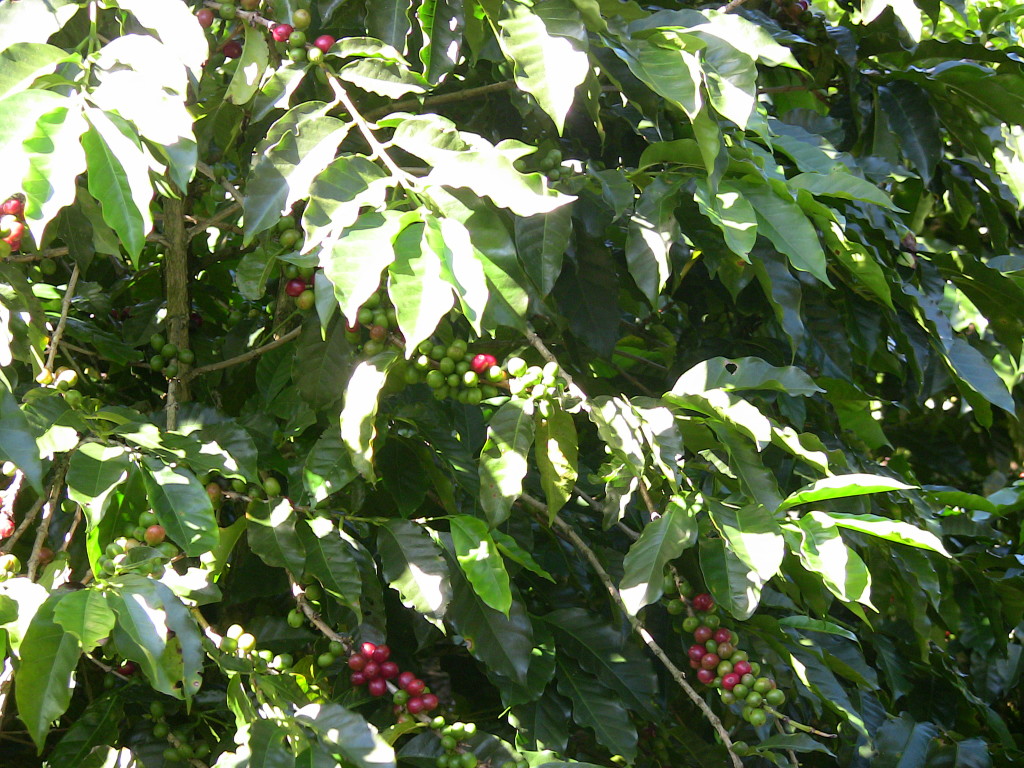 luxury. But, I lived in Central America where most things are luxuries, including roofs that don’t leak and enough food to feed a family.
luxury. But, I lived in Central America where most things are luxuries, including roofs that don’t leak and enough food to feed a family.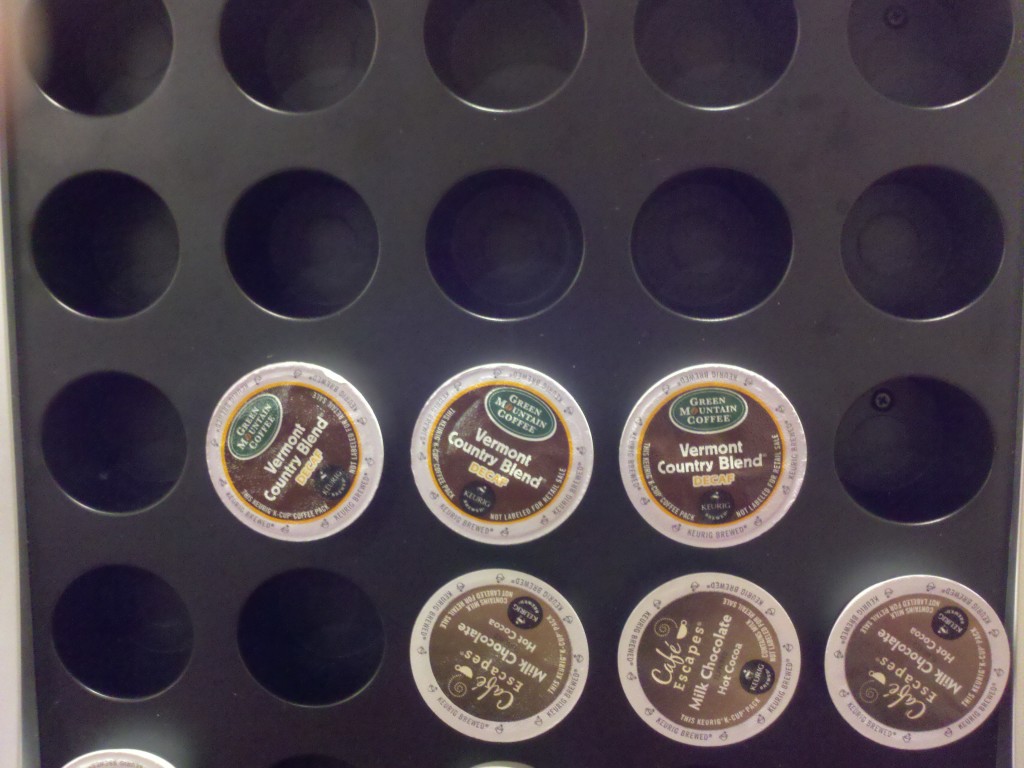 9 billion x 5 = 45 billion little, useless plastic cups filling up our needs to get something quick, fast, and with no regard for others. Getting the k-cup recyclable is, in this day and age, a non-negotiable item. But why after the fact? Why not create the product with some consciousness before the damage is done? Did Kevin Sullivan ever hear of climate change? We cause climate change in every choice we make. It’s not just the billowing smoke from factory smoke stacks. It’s us, our decisions to use or reuse or to choose sustainable with our spending power. There’s plenty of other single serving machines out there that cost the same or less than the Keurig coffee system. Are we that tight for time we can’t spend another minute tamping down a bit of coffee in a reusable machine?
9 billion x 5 = 45 billion little, useless plastic cups filling up our needs to get something quick, fast, and with no regard for others. Getting the k-cup recyclable is, in this day and age, a non-negotiable item. But why after the fact? Why not create the product with some consciousness before the damage is done? Did Kevin Sullivan ever hear of climate change? We cause climate change in every choice we make. It’s not just the billowing smoke from factory smoke stacks. It’s us, our decisions to use or reuse or to choose sustainable with our spending power. There’s plenty of other single serving machines out there that cost the same or less than the Keurig coffee system. Are we that tight for time we can’t spend another minute tamping down a bit of coffee in a reusable machine?